10 Ways Freddy Krueger Changed Over The Course Of A Nightmare On Elm Street
Few horror movie villains has the pomp, grandeur and presence of serial-killer extraordinaire Freddy Krueger from A Nightmare On Elm Street. This demonically-infused child killer returned from the grave to stalk the children of his former enemies and kill them within the dream world as they slept. Freddy would eventually see defeat at the hands of his very own daughter, but it took a bloodied road to get there.
The character of Freddy was a straightforward movie monster worthy of the scares, but he didn't stay that way for long. As the franchise progressed, Freddy underwent a number of major changes that shifted the nature of his character while giving him more exposition. Here's the biggest changes to Freddy over the course of the series.
10 Freddy's Mother & The Son Of A Thousand Maniacs
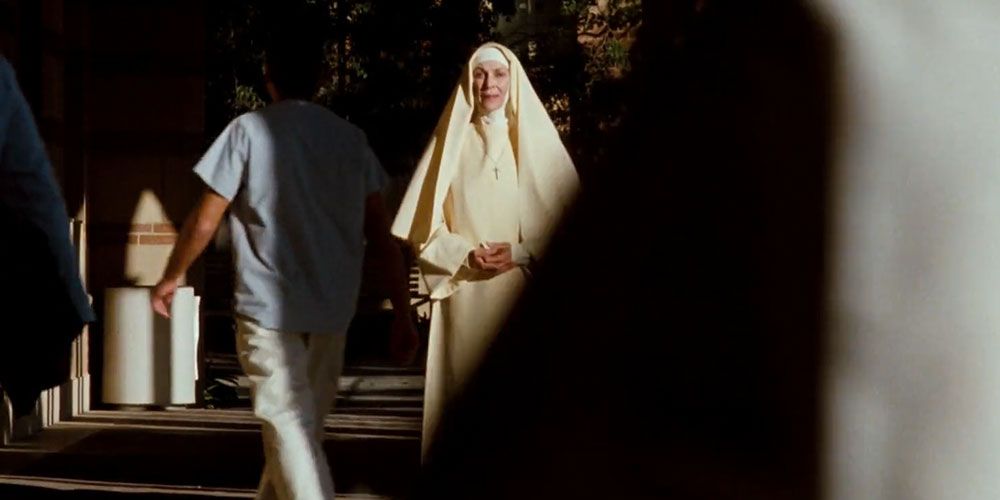
The Nightmare films portrayed Freddy as a simple psychotic child-murderer who is killed by the townsfolk seeking revenge against him for his crimes. That story was fleshed out a bit more when it was revealed that Freddy was the "bastard son of a hundred manics," a reference to his mother Amanda.
According to legend, Amanda Krueger was a nun who worked at the Hathaway House who found herself the victim of sexual assault by the inmates contained therein. This act left her pregnant with the child later known as Freddy, adding a disturbing layer to his backstory.
9 Mr. Underwood & Parental Abuse
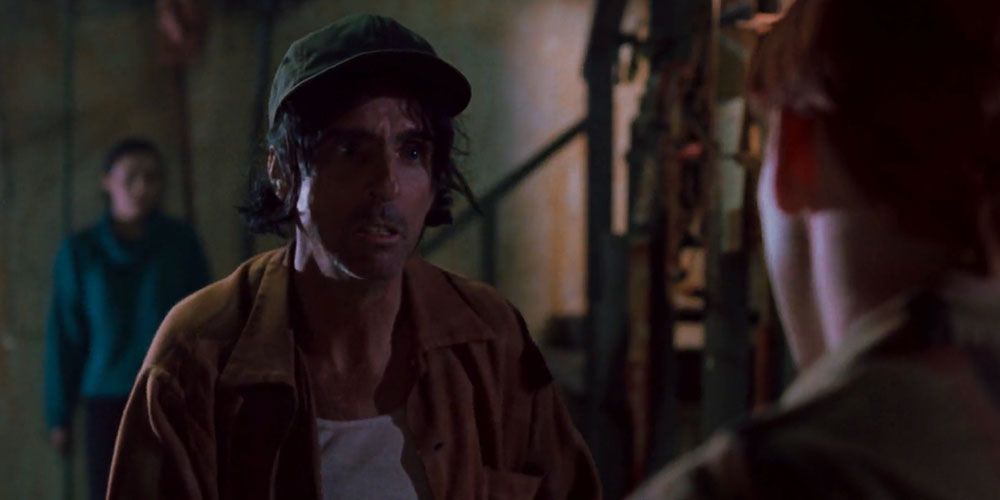
Things got worse for Freddy when it was revealed that he was adopted out to a man named Mr. Underwood (played by Alice Cooper) who also happened to be a physically and psychologically abusive drunk. Underwood beat Freddy repeatedly, usually employing a belt as a whip to torment him.
Freddy would later murder Mr. Underwood before he pursued a path of serial murder. His traumatic conception and upbringing would serve as dual components that would later drive him to murder.
8 Freddy Gets The Family Life
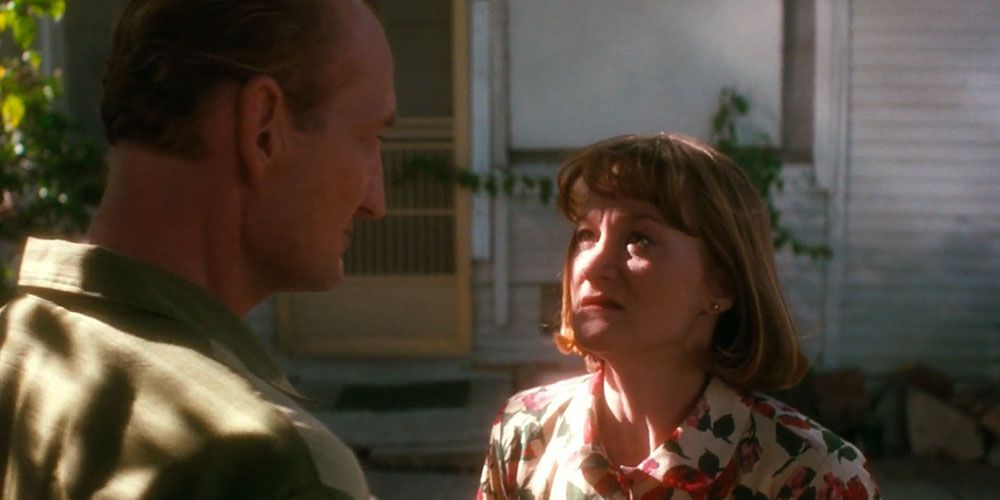
Freddy started out as a ghoul who attacks kids in their dreams, with only a passing backstory to set him up and give any sort of exposition as to who he was. If anything, his backstory was really more of an urban legend than in-universe truth. But in Freddy's Dead, audiences learned that he attempted to live a normal life and suppress his psychotic ways, only for the whole thing to fall apart.
His final plot to use his biological daughter as a vehicle to spread his menace backfired when she retaliated against her father and dragged him into the real world, where we was blown to bits. He'd later resurface in his original form in Freddy vs. Jason, with no mention of his idyllic phase.
7 Fred Krueger vs. Freddy Krueger
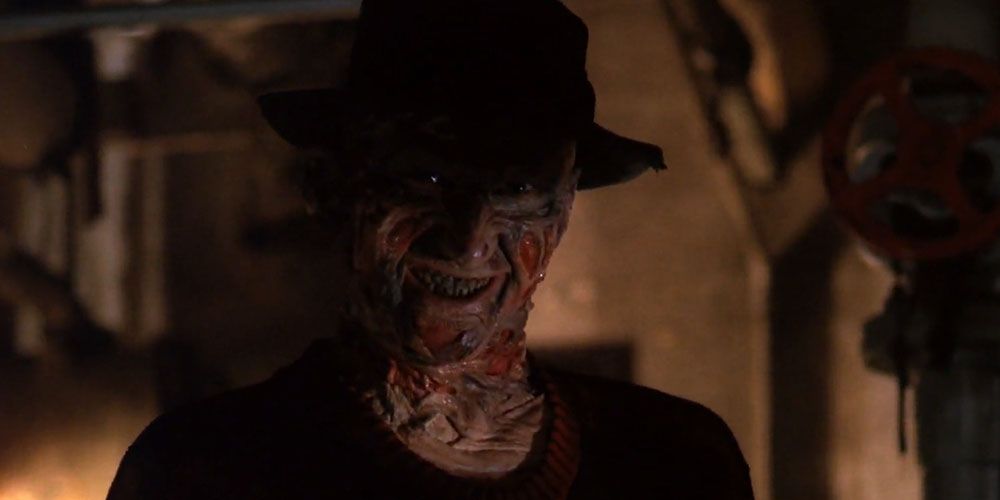
Audiences associate the character with the name "Freddy," but it didn't start out that way. The earliest Nightmare referred to him as "Fred," and that moniker would show up in on-screen form, such as when Nancy notices the name stitched into his hat.
It wasn't until subsequent sequels dropped that the name "Freddy" became the norm. In truth, this was probably a wise decision that added a little more flair to the character's name. It also rolled off the tongue with far more pizzazz.
6 Freddy's Soul Absorption

Originally, audiences thought Freddy was simply a serial killer seeking revenge against those who killed him by murdering their children, but there's more to it than that. The fourth movie -- The Dream Master -- revealed that Freddy actually absorbs the souls of the children he kills, which added a new element to his character.
It might also explain some of his powers, especially given the revelation in the third film that the titular Dream Warriors were gifted with special abilities in the dream realm that Freddy may have been able to absorb after beating them in battle. Others of their kind might have squared off against Freddy before, and suffered a similar fate.
5 The New Nightmare Persona

Freddy's Dead represented the on-screen death of the popular character, seemingly once and for all. This was accomplished by dragging him out of the dream world and into the real one where he was vulnerable to attack. To audiences, it seemed that Freddy had finally been put to rest for good.
Wes Craven's New Nightmare brought Freddy back in a different capacity, this time as a demon who manifests itself as the film character to go after the actors and from the original Nightmare. It was a quirky and interesting method of breaking the fourth wall while telling an entirely new Nightmare story, and the Freddy Krueger in this installment was far more demonic, ferocious and bestial than his previous incarnation.
4 Freddy Needs Jason
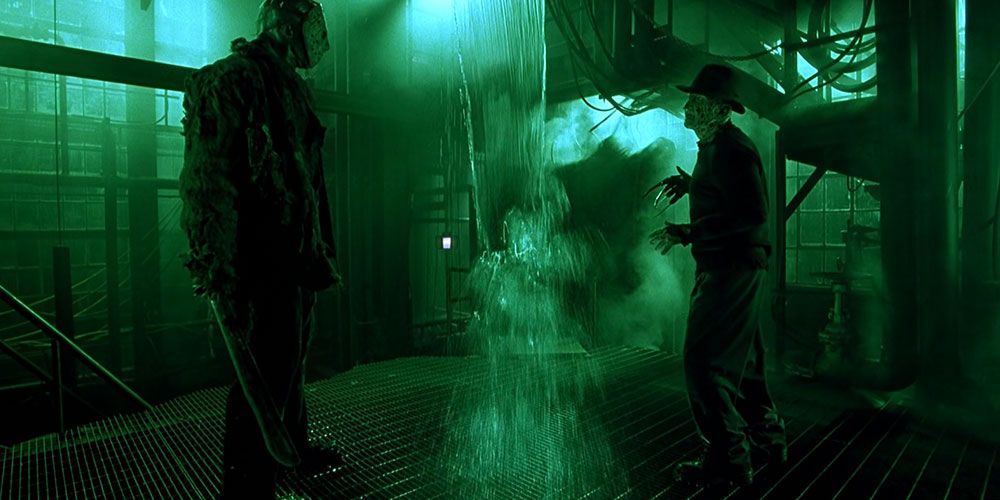
After Freddy's Dead put the final nail in the coffin for the character, fans didn't expect him to return for another go. However, the long-rumored Freddy vs. Jason was beginning to take shape, giving Robert Englund another excuse to don the makeup and glove for a whole new battle.
The film picks up after the events of both franchises and features a defeated Freddy using the last of his powers to revive Jason Vorhees. He sends the mass killer to his old stomping grounds of Springwood in the hopes that it will awaken the town's suppressed memory of Krueger. Unfortunately for Freddy, this backfires as the townsfolk begin to fear Jason more than him as his control over Jason begins to wane.
3 Freddy Became Funnier
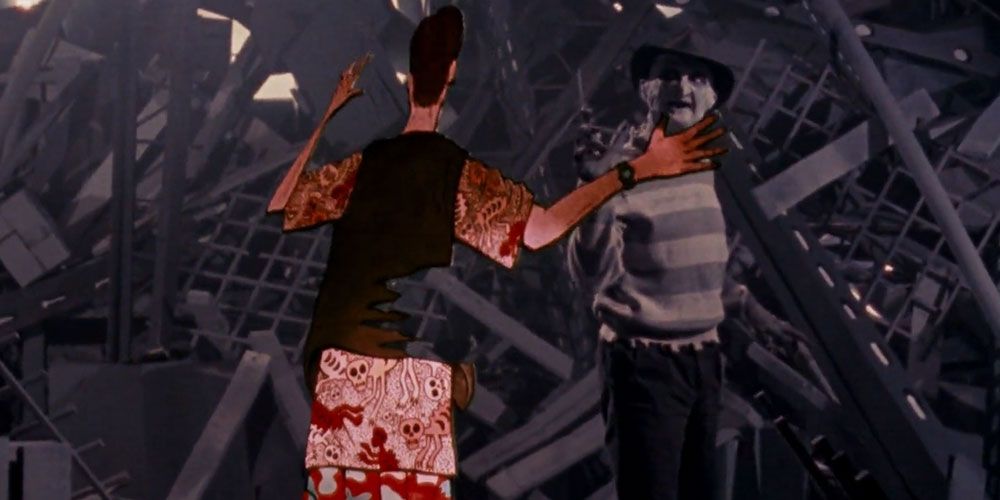
Freddy started playing up the jokes around the fourth installment and by the end of the series he had become something of a comedian in his own right. His pop culture status throughout the '80s had largely cemented him as a merchandising character, and studios wanted to exploit this to full effect.
As such, Freddy lost almost all of his menace and became something of an anti-hero. While the kills were still grisly and inventive, his use of one-liners and sight gags were a far cry from the disturbing nightmare imagery of the first few Nightmare films.
2 The Kills Got Goofier
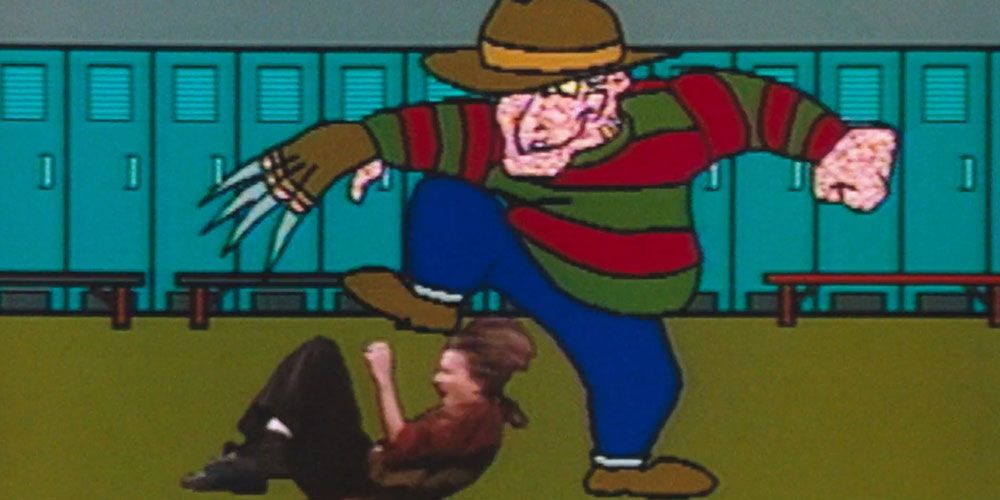
The original kills in the first Nightmare were truly macabre and frightening. It all began with a grisly first kill featuring a young woman tossed around her bedroom while being torn apart by Freddy in the dream realm, setting the film's dark tone. It was a stark contrast to what would follow.
As the sequels progressed, Freddy's kills became more elaborate, inventive and sometimes downright comical. This might have had a lot to do with his pop culture MTV status at the time that's best exemplified by the cartoonish TV show Freddy's Nightmares, combined with new powers (like a video game console) that he wished to try out.
1 Jackie Earle Haley's Freddy Is A Wholly New Character
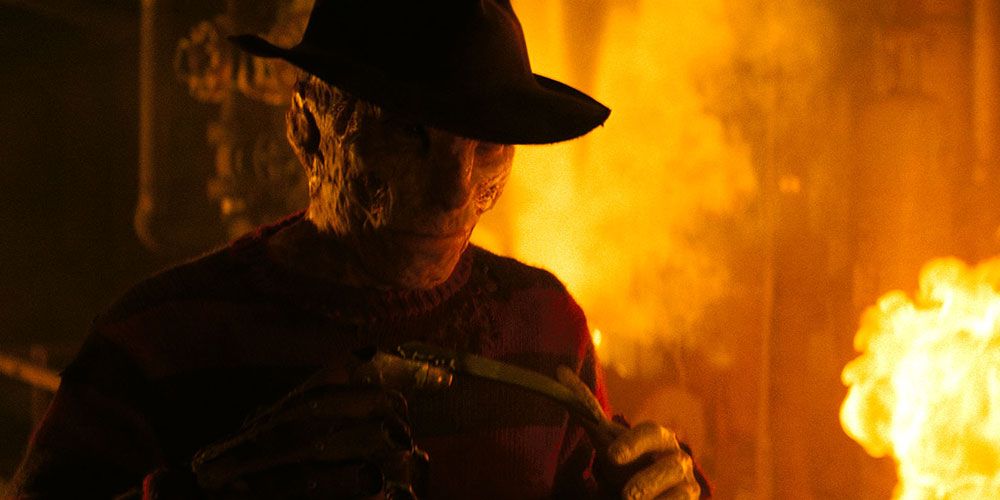
The Nightmare on Elm Street remake represents what is perhaps the biggest and most controversial change to the Freddy character in the form of a recasting decision. Jackie Earle Haley took over the duties from Robert Englund in a re-imagining of the character, but his performance was met with severe disdain from long-time fans. This is not a surprise.
While Haley's acting chops are excellent, the role of Freddy has been permanently and irrevocably bound to Robert Englund. In brief, Haley's version of Freddy was written to be overly serious and brooding compared to Englund's darkly humorous version, making him a chore to watch. In contrast, the Friday the 13th remake suffered a far less critical fate due to Jason Voorhees being a well-built stuntman in a mask rather than a character who's tied to one legendary performance.
from ScreenRant - Feed https://ift.tt/2RvI9Cg
No comments